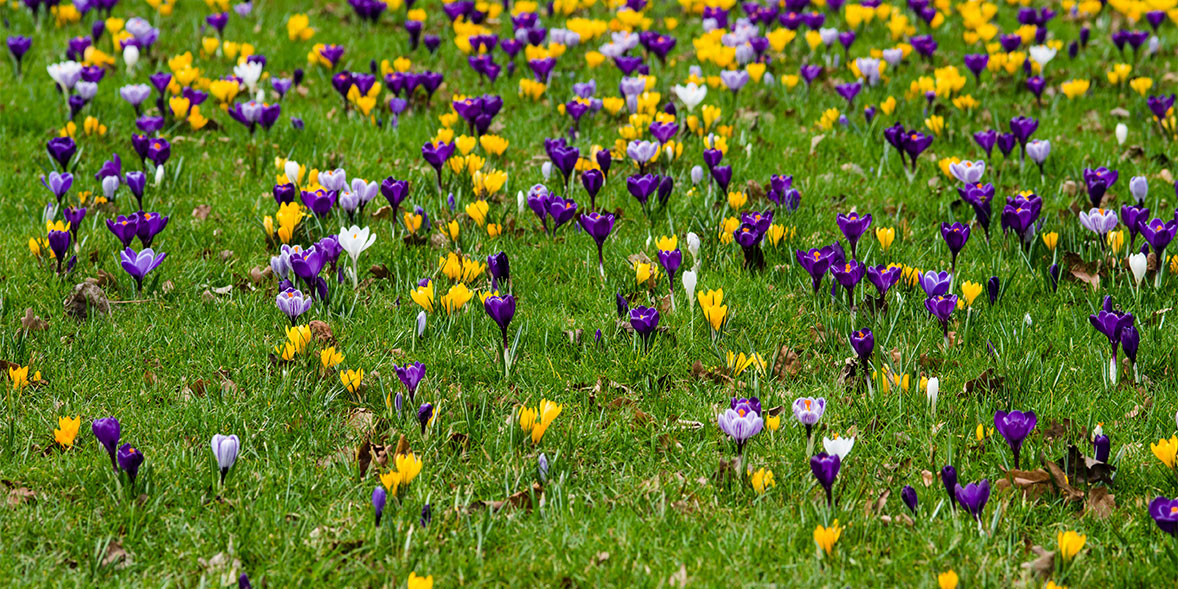
25% off Which? Gardening
Pay £36.75 for the first year and get the garden you want for less
Get this offerBy clicking a retailer link you consent to third party cookies that track your onward journey. If you make a purchase, Which? will receive an affiliate commission which supports our mission to be the UK's consumer champion.

Many of us dream of having carpets of flowers drifting through our lawn and providing early spring colour. Finding bulbs that will compete with grass and establish quickly make getting the look much easier.
There are lots to choose from – including early snowdrops, the yellow cups of winter aconites or the cheerful mixes of crocuses.
The Which? Gardening magazine researchers tried out 18 types of bulbs sold as suitable for naturalising in a lawn to discover the best ones.
Breathe new life into your outside spaces. Sign up for our Gardening newsletter, it's free monthly
| Overall rating | Flower impact | Display | Flowering duration | Suitability for naturalising | Pests & diseases | |
|---|---|---|---|---|---|---|
| Anemone blanda | ||||||
| Crocus collection (botanical) | ||||||
| Crocus collection | ||||||
| Narcissus 'Tete-a-tete' | ||||||
| Narcissus 'Thalia' | ||||||
| Tulipa clusiana 'Lady Jane' | ||||||
| Tulipa clusiana 'Peppermint Stick' |
The more stars the better. Overall rating ignores price and is based on: flowering impact 10%, display 20%, flowering duration 20% suitability for naturalising 40% and pests & diseases 10%

Pay £36.75 for the first year and get the garden you want for less
Get this offerBuy in bulk to guarantee a good display. It might be worth investing in a small auger that takes a core of soil out of the ground to make planting easier. Plant as deep as possible to prevent the bulbs being attacked by squirrels and other pests. Plant in clumps for a strong display or singly for a more subtle look. Some bulbs, such as anemones and winter aconites, will not compete well with grass so plant these under trees or on border edges.
Identify your plants with Best Buy plastic-free labels
Leave mowing as late as possible but if you must cut before the leaves of your bulbs have died back, mow on the highest setting. Use spot weedkillers (rather than a weed and feed product) to prevent poisoning your bulbs. You can feed your lawn as usual. Native bulbs such as snowdrops and crocus will naturally spread but non-native species such as tulips may struggle through a British winter so be prepared to plant more to keep the effect.
How to buy the best lawn mower